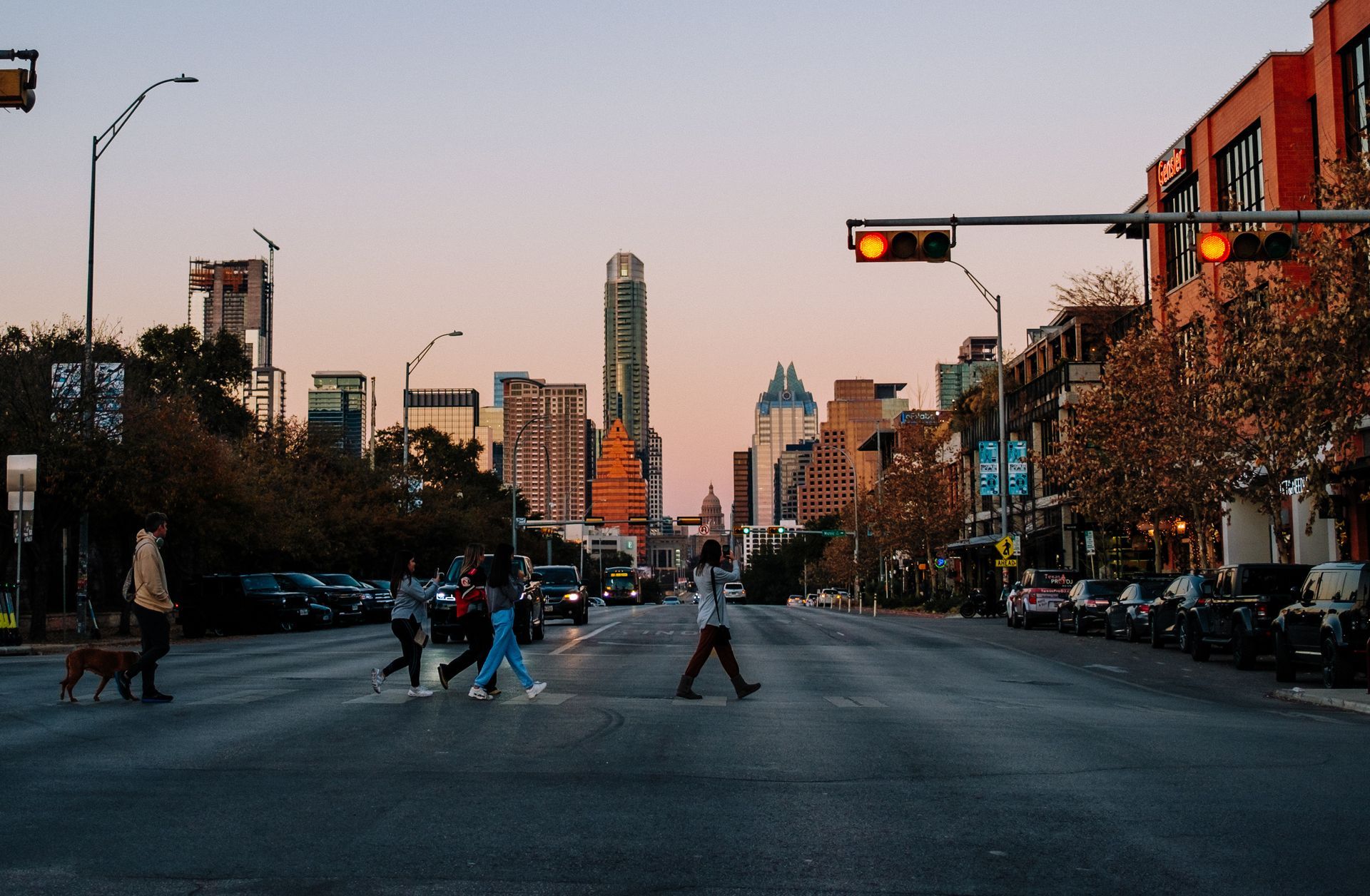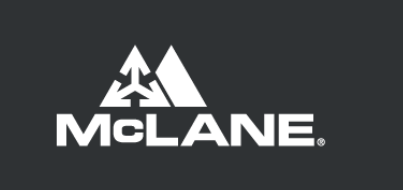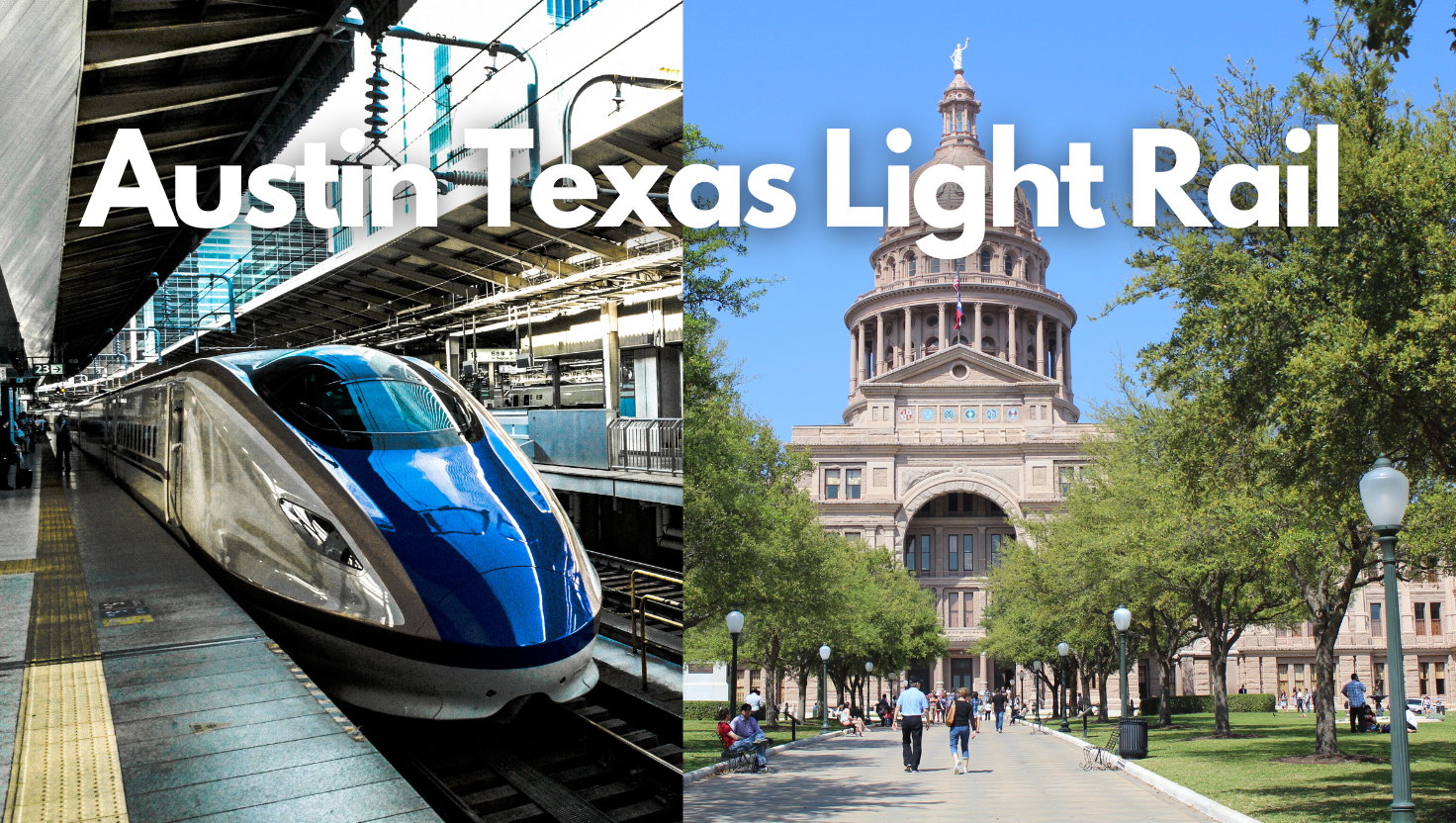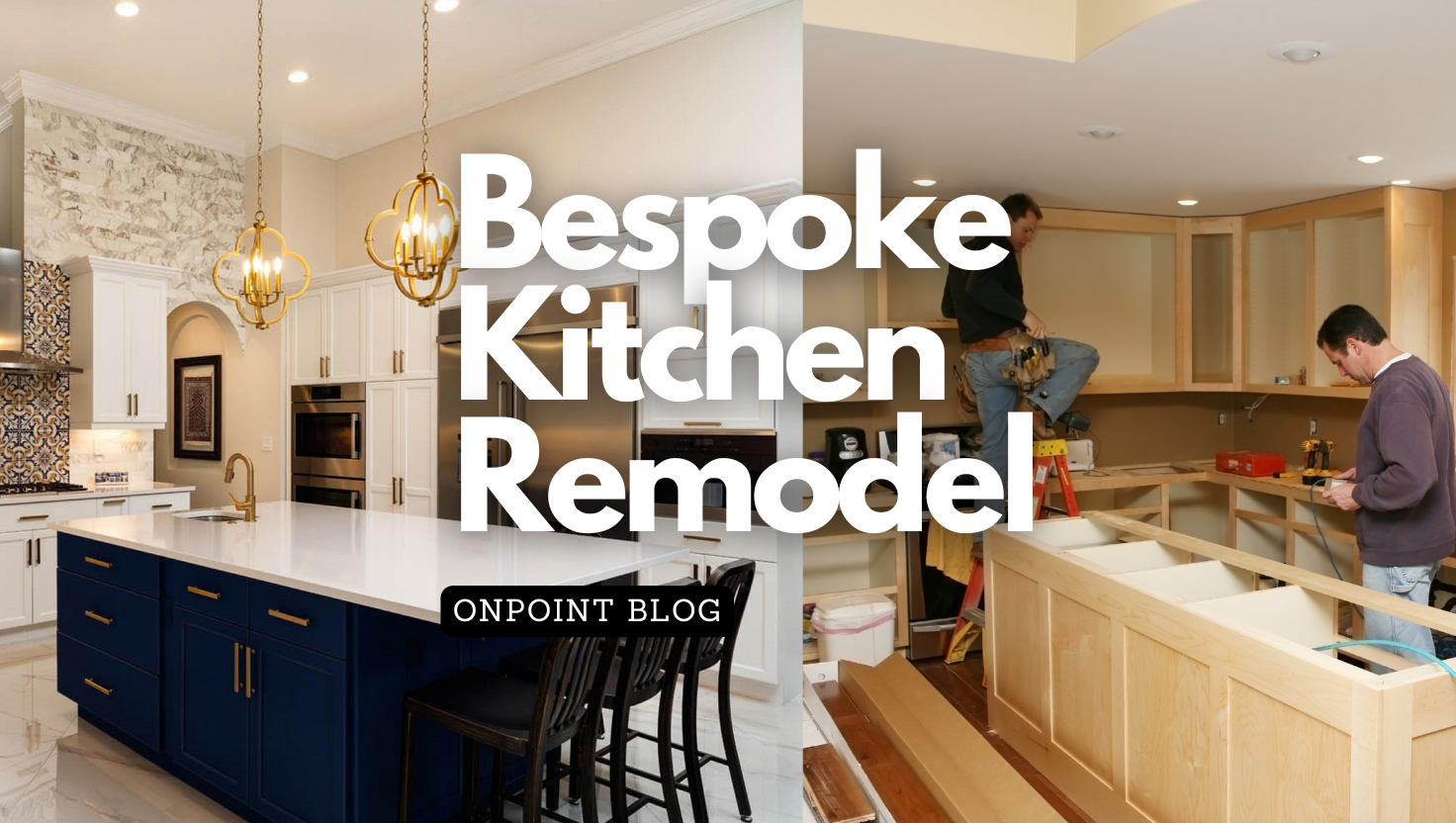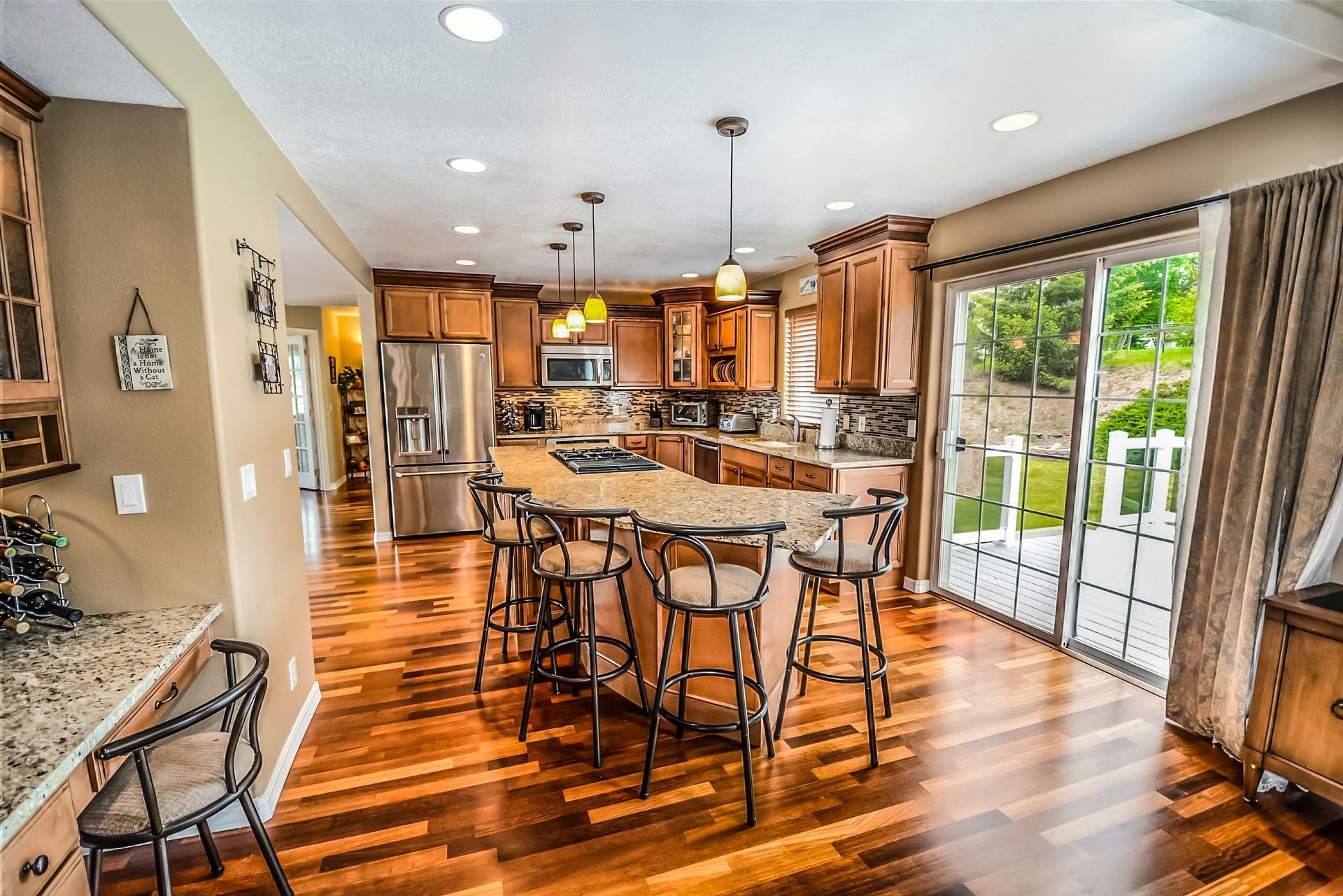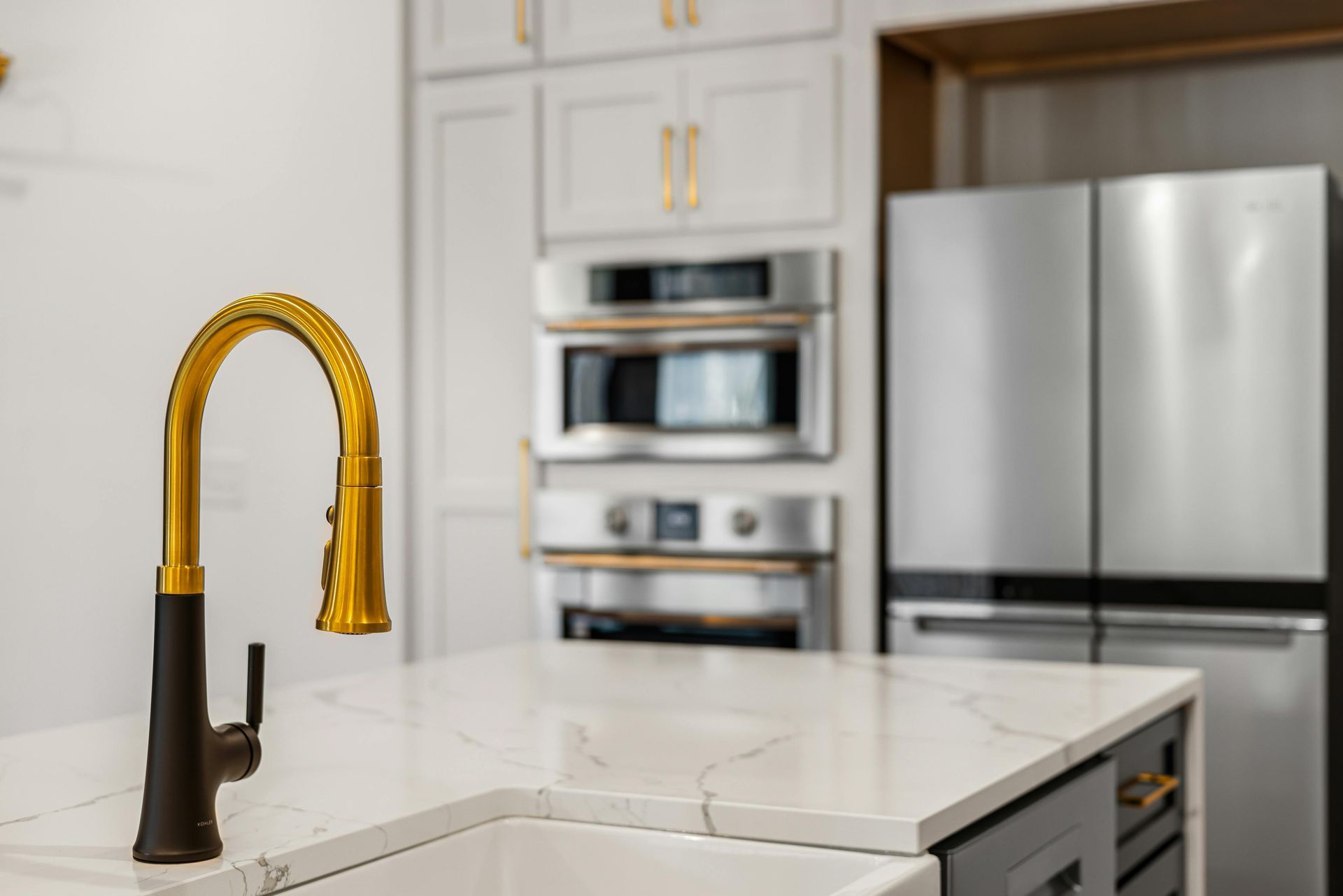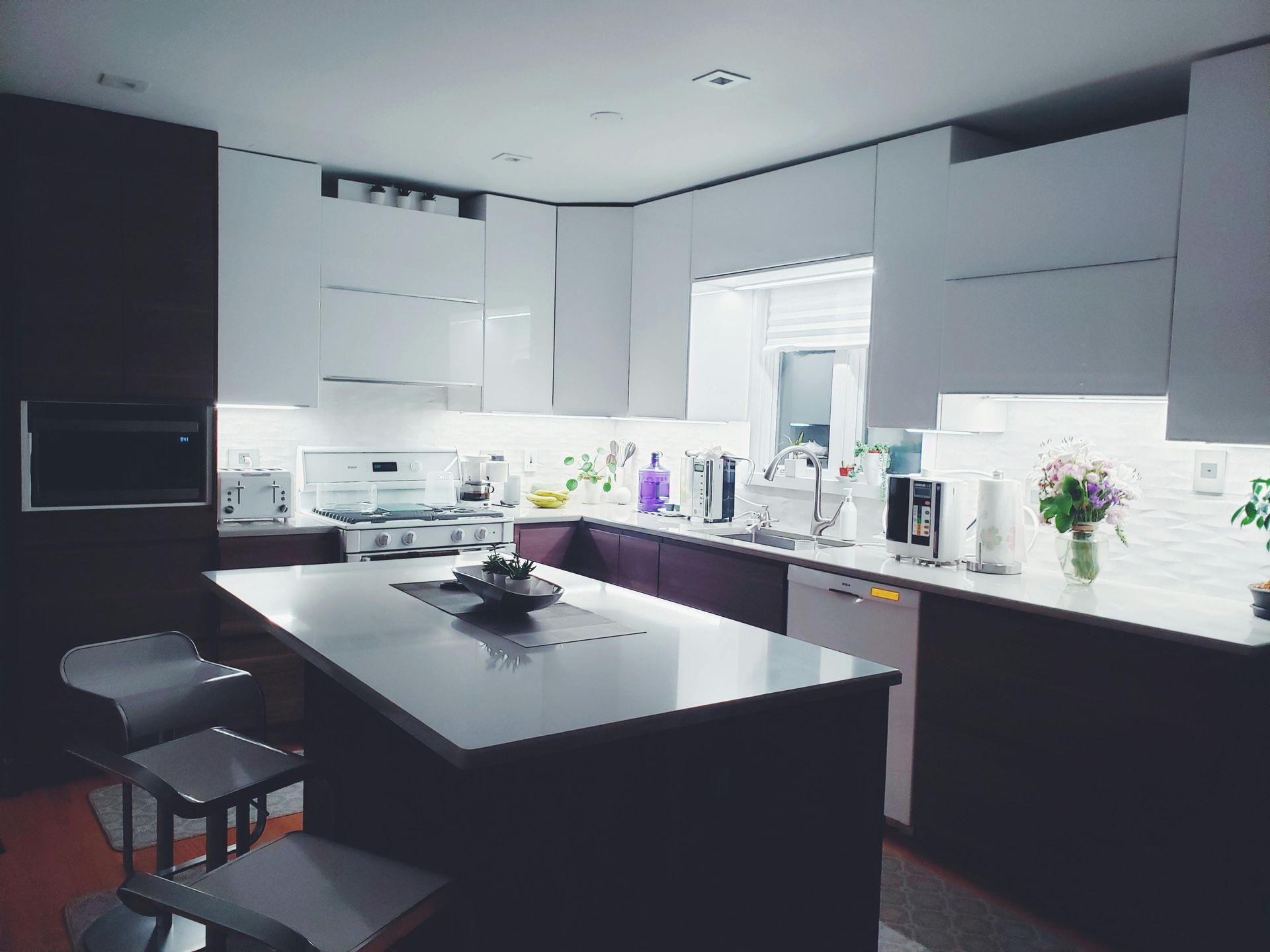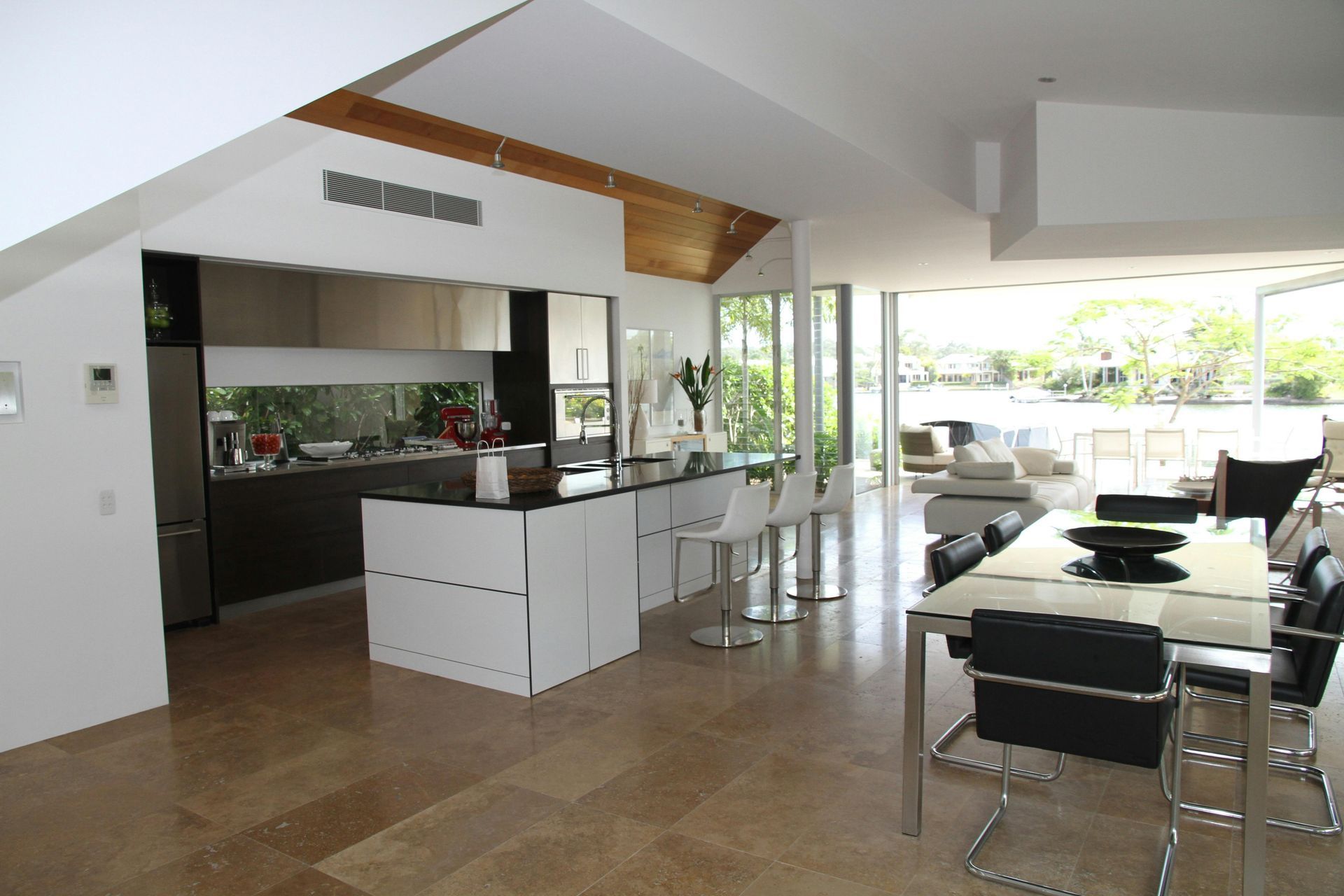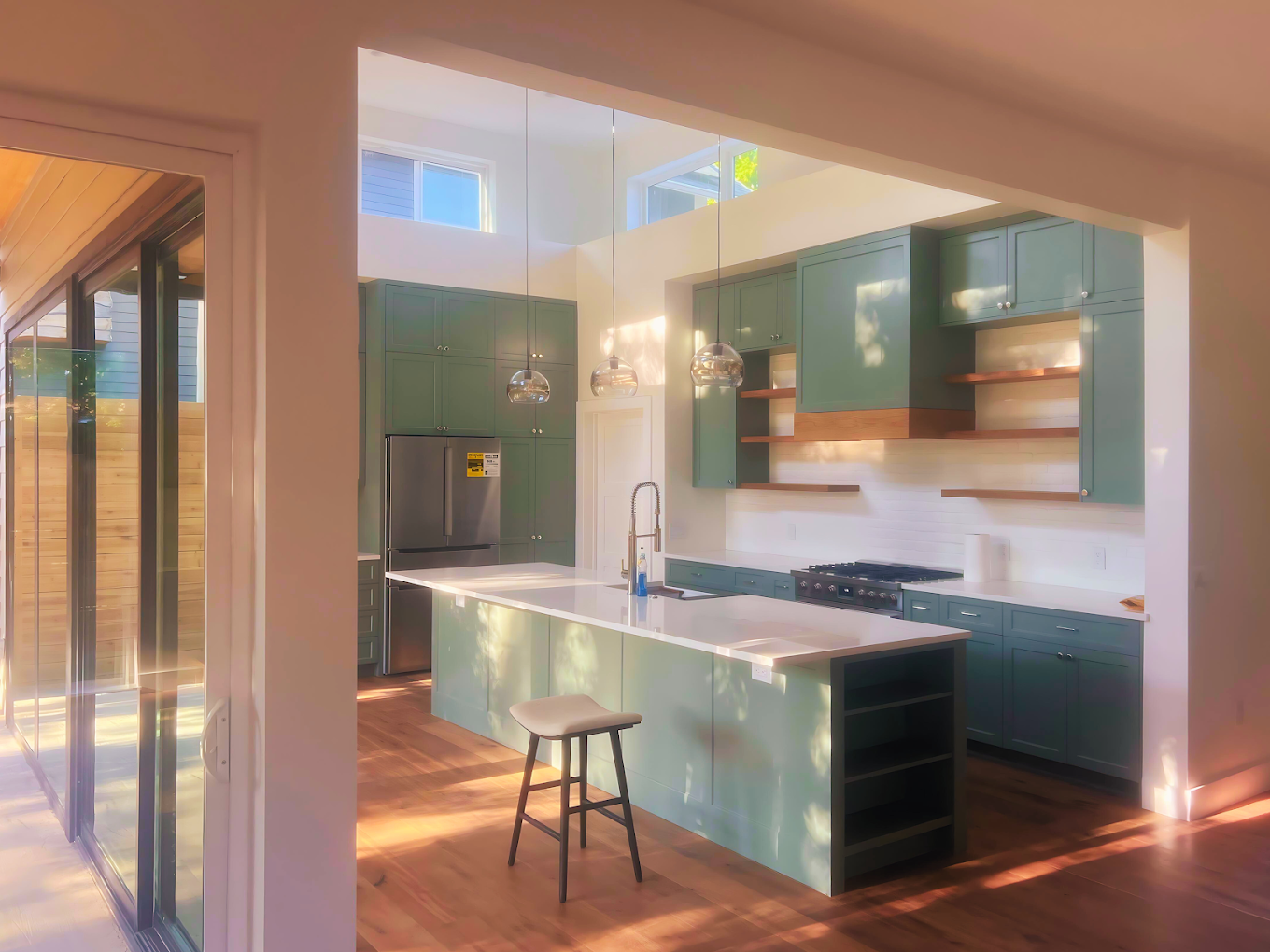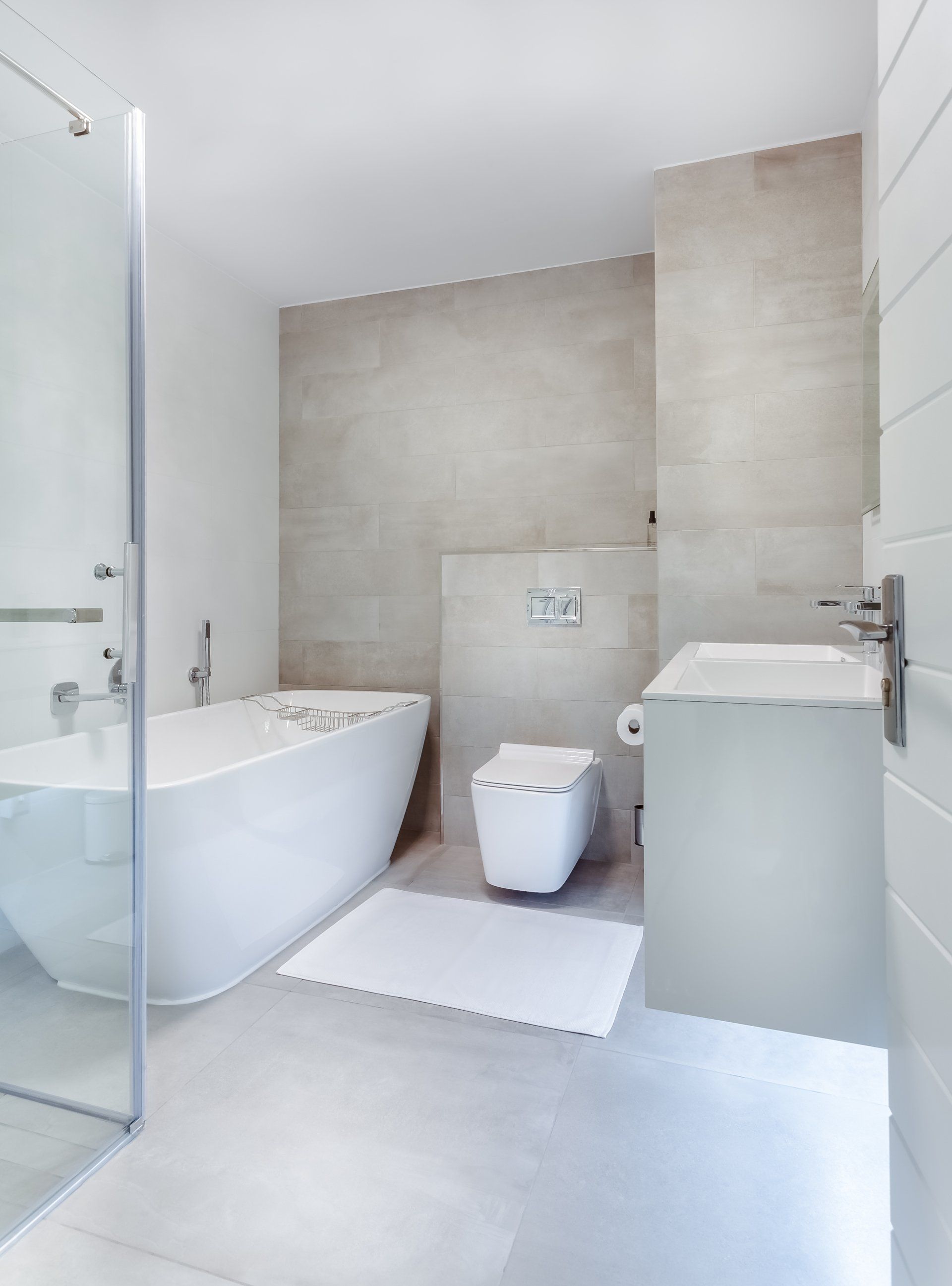How Much Really Does A Modern Luxury Texas Kitchen Remodel Cost ?
The cost of a modern luxury kitchen remodel in Texas can vary significantly depending on the materials, design complexity, and extent of upgrades. Here's a breakdown of the typical costs associated with remodeling a high-end kitchen:
A high-end kitchen remodel in Texas typically costs between $20,000 - $100,000 or potentially more. Depending on the kitchen's size, materials, and level of customization. Custom cabinetry often exceeds $30,000, while semi-custom options range from $2,000 to $30,000. Premium countertops like marble or quartz usually cost $6,000 to $10,000 or more. High-end appliances from brands such as Sub-Zero or Wolf can add $20,000 or more to the total. Additional expenses include structural changes, luxury flooring, and features like smart technology and designer backsplashes, all of which can significantly influence the overall cost.
Understanding The Factors Influencing Kitchen Remodel Costs
When considering a luxury kitchen remodel in Texas, various factors come into play in determining the overall cost. Understanding these factors can provide a clearer picture and help manage expectations and budget planning. One of the primary influences on kitchen remodel costs is the size and layout of the space. Larger kitchens naturally require more materials and labor, which can significantly increase the budget.
The complexity of the remodel also plays a role. Projects that involve reconfiguring the layout, such as moving plumbing or electrical systems, tend to be more expensive due to the need for specialized labor. Additionally, hiring a professional designer or contractor in Texas can add to the costs, although this often results in a more polished finish and can save money by avoiding costly mistakes.
Cabinetry often represents a large portion of the budget of a luxury kitchen remodle as well as the appliances. Custom cabinets starting at $5,000 or more, depending on the material and design, with some options ranging up to $30,000. Countertops made from premium materials like marble or custom quartz typically cost between $6,000 and $10,000 or more. High-end appliances from brands such as Sub-Zero and Wolf can add $20,000 or more for a full set, with individual appliances like refrigerators starting at $2,700 and wall ovens at $3,700.
Structural changes, such as expanding or reconfiguring the layout, can cost.
between $10,000 and $30,000.
Flooring options, including hardwood or natural stone,
range from $3,000 to $6,000, depending on the area and material.
Plumbing adjustments
typically cost $1,000 to $5,000,
while electrical updates can range from
$3,500 to $6,000
Adding luxury features, such as smart technology, premium lighting, and designer backsplashes, can further increase the cost by several thousand dollars.
Overall, a luxury kitchen remodel generally falls within the range of $50,000 to $150,000 or more, reflecting the high level of customization and quality involved.
Additional Considerations for a luxury Kitchen Remodel in Texas
- Permits: Permit costs vary but are necessary for structural changes.
- Design Fees: Professional design services usually cost 10–20% of the project budget.
- Contingency: Set aside 10–15% for unforeseen expenses.
Budget-Friendly Alternatives;
For those looking to retain luxury aesthetics without breaking the bank, mid-range remodels (around $20,000–$50,000) focus on semi-custom cabinetry, quartz countertops, and mid-range appliances.
Remodeling costs in Texas are influenced by the state’s relatively lower labor costs compared to other parts of the U.S., which can make even luxury remodels more affordable than in states like California or New York

